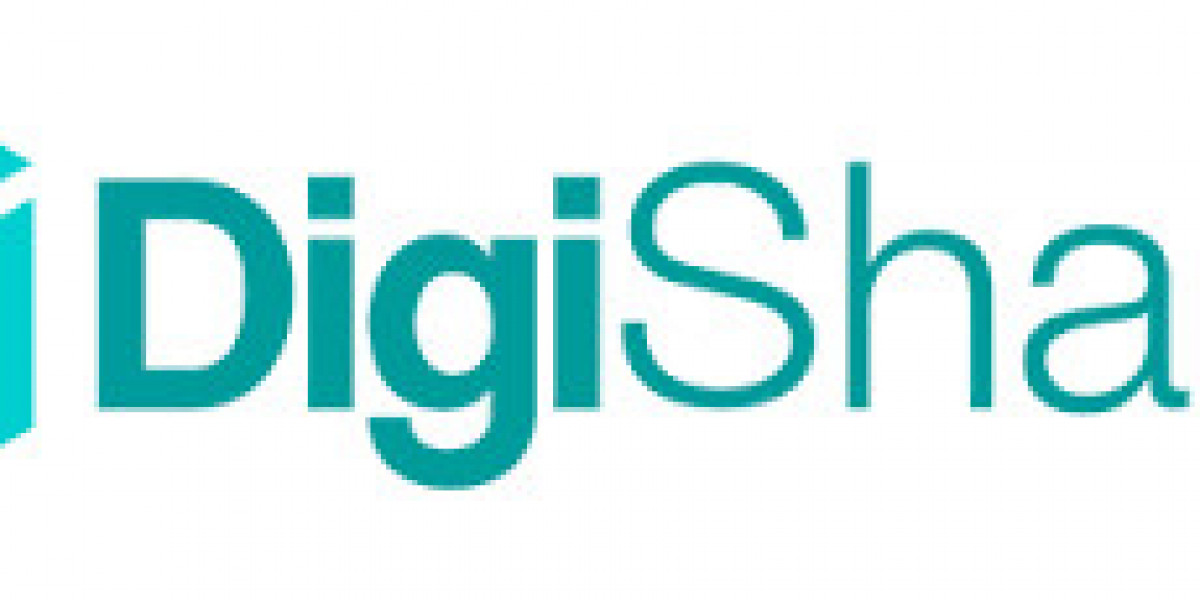The integration of blockchain technology into various industries has led to revolutionary changes in asset ownership and investment. One of the most promising applications is Real World Asset (RWA) Tokenization, which transforms physical and traditional assets into digital tokens on a blockchain. This innovation democratizes investment opportunities, enhances liquidity, and streamlines transactions. This article explores the concept of RWA tokenization, its benefits, challenges, and its potential impact on the global economy.
What is Real World Asset Tokenization?
Real World Asset Tokenization refers to the process of converting tangible or intangible assets into digital tokens that exist on a blockchain. These tokens represent ownership, rights, or shares in real-world assets such as real estate, commodities, art, financial securities, and even intellectual property.
For example, a commercial property worth $1 million can be tokenized into 1 million digital tokens, where each token represents a fractional share of the property. Investors can then buy, sell, or trade these tokens on blockchain-based platforms.
Types of Tokenized Assets
Several asset classes can be tokenized, including:
Real Estate: Tokenizing residential and commercial properties allows for fractional ownership, making real estate investment accessible to a broader audience.
Commodities: Gold, oil, and other raw materials can be tokenized, allowing investors to trade commodity-backed digital assets.
Fine Art and Collectibles: High-value artwork, rare collectibles, and luxury goods can be tokenized, enabling shared ownership.
Equities and Bonds: Traditional financial securities can be tokenized to improve liquidity and enhance global accessibility.
Intellectual Property: Patents, copyrights, and music royalties can be tokenized, enabling rights distribution and revenue sharing.
Infrastructure and Renewable Energy Projects: Investors can participate in large-scale infrastructure projects through tokenized securities, promoting sustainable investments.
How Does Tokenization Work?
The tokenization process involves several key steps:
Asset Identification: A physical or financial asset is selected for tokenization.
Legal Structuring: The ownership rights and regulatory framework are defined to ensure compliance with financial and legal standards.
Smart Contract Development: A blockchain-based smart contract is created to define the terms, conditions, and transfer rules of the tokenized asset.
Issuance of Tokens: Digital tokens representing fractional ownership or rights are minted and distributed to investors.
Trading and Exchange: Tokenized assets are traded on blockchain marketplaces, allowing peer-to-peer transactions and liquidity.
Ownership and Governance: Token holders may have governance rights, dividends, or voting power, depending on the structure of the tokenized asset.
Benefits of Real World Asset Tokenization
Enhanced Liquidity: Tokenization enables fractional ownership, allowing investors to buy and sell portions of an asset rather than requiring large capital investments.
Accessibility and Inclusion: Global investors can access assets that were previously reserved for institutional players or high-net-worth individuals.
Reduced Transaction Costs: Blockchain-based transactions eliminate intermediaries, lowering fees and making asset trading more cost-effective.
Increased Transparency and Security: Blockchain technology provides an immutable record of ownership, reducing fraud and increasing trust.
Faster Settlement Times: Traditional asset transfers can take days or weeks, whereas tokenized assets can be transferred instantly on a blockchain.
Programmability and Automation: Smart contracts automate compliance, payments, and dividends, reducing administrative overhead.
Challenges and Risks in Asset Tokenization
Despite its numerous benefits, RWA tokenization faces several hurdles:
Regulatory Uncertainty: Tokenized assets operate in a complex legal environment, requiring clear regulations to prevent fraud and ensure compliance.
Market Adoption: Traditional financial institutions and investors may be hesitant to adopt tokenized assets due to unfamiliarity and skepticism.
Security Concerns: While blockchain enhances security, cyberattacks, smart contract vulnerabilities, and hacking remain risks.
Liquidity Risks: The liquidity of tokenized assets depends on market demand, and low adoption could hinder easy trading.
Valuation and Standardization: Tokenized assets require clear valuation models and standardization to be widely accepted.
Technological Barriers: The integration of tokenization platforms with existing financial systems requires advanced infrastructure and expertise.
Use Cases and Real-World Examples
Several companies and platforms are pioneering RWA tokenization, showcasing its potential:
Real Estate Tokenization: Platforms like RealT and SolidBlock enable investors to own fractional shares of real estate properties.
Art Tokenization: Maecenas and Masterworks allow investors to buy shares in valuable artworks, democratizing the art investment space.
Commodities Tokenization: Paxos and Tether Gold offer gold-backed tokens, providing investors with a stable digital alternative to physical gold.
Security Token Offerings (STOs): Companies like Securitize and Polymath facilitate the issuance of tokenized securities in compliance with regulations.
Infrastructure Investment: Smartlands and Tokeny Solutions enable tokenized investment in large-scale infrastructure and energy projects.
The Future of Real World Asset Tokenization
The RWA tokenization industry is poised for significant growth as blockchain technology matures and regulations evolve. Key trends shaping the future include:
Regulatory Clarity: Governments and financial institutions are working on legal frameworks to integrate tokenized assets into mainstream finance.
Institutional Adoption: Major banks, asset managers, and hedge funds are exploring tokenization to enhance portfolio diversification and efficiency.
Integration with DeFi: Decentralized Finance (DeFi) platforms are incorporating tokenized RWAs, enabling yield generation and collateralization.
Interoperability and Cross-Chain Solutions: The development of cross-chain protocols will allow tokenized assets to move seamlessly across multiple blockchain networks.
AI and Automation: Artificial intelligence will enhance asset management, risk assessment, and compliance monitoring for tokenized assets.
Conclusion
Real World Asset Tokenization represents a paradigm shift in asset ownership, investment, and liquidity. By leveraging blockchain technology, it provides new opportunities for investors, enhances accessibility, and reduces transaction inefficiencies. While challenges remain, ongoing regulatory developments, technological advancements, and increasing market adoption suggest a bright future for this transformative innovation. As tokenization continues to gain traction, it has the potential to reshape global finance, democratizing access to wealth and investment like never before.








